Patent Lawyers Sydney
Sydney's Leading Patent Attorneys & Patent Lawyers
Patent registration plays a crucial role in protecting innovative works and ideas. Our specialist patent lawyers and attorneys comprise one of Sydney’s most knowledgeable patenting teams, ensuring you have the best advice and complete support for Australian and international patents.
Free Initial Consultation
"*" indicates required fields
- Highly Experienced Patent Lawyers & Attorneys
- Confidentiality Protection
- Proactive Risk Management
Speak with Our Highly Skilled Sydney Patent Lawyers & Attorneys
Actuate IP is dedicated to providing you with comprehensive advice and assistance for patent viability, registration, dispute resolution, management and litigation if required. Led by Nicholas Milne, our Patents team offers leading patent attorney services, ensuring you successfully navigate Australian and global patent law matters. We understand the importance of safeguarding your innovations and ideas and will ensure you receive expert guidance at a fixed, transparent fee.

What Is A Patent, And What Exactly Does It Protect?
Patents are designed to protect new inventions, giving the inventor exclusive rights to their creation. This means that other people or businesses can’t legally copy the idea, use the patented item, or profit from it without permission from the person who initially created it for the life of the patent.
In Australia, businesses or individuals may apply for a patent if their invention is:
- novel
- useful
- and has not been previously made public.
Our firm provides expert advice, validity evaluations, and strategic guidance on a wide range of inventions, concepts, and technologies. With extensive experience, we assist innovators in safeguarding their creations and securing a competitive advantage.
Contact Actuate IP for a free consultation, where we’ll discuss your patenting requirements and offer a fixed-fee quote for your project.
Do I need a Patent Attorney or a Patent Lawyer?
Patent Attorneys
Specialise in drafting, filing, and managing patent applications, conducting searches, addressing objections, and offering strategic advice on patent protection.
Patent Lawyers
Focus on resolving patent disputes, handling litigation and infringement claims, negotiating licensing agreements, and representing clients in court regarding patent ownership or enforcement.

How Can A Patent Benefit Your Business Or Brand?
Protecting your innovation with a patent is a smart way to secure your business’s competitive edge. Here’s how a patent can drive growth and success:

Exclusive rights
A patent grants you the exclusive right to use, produce, and sell your invention for up to 20 years, preventing competitors from copying your idea without permission.

Competitive advantage
By securing a patent, you can position your business as an innovator in the market, enhancing your brand reputation and differentiation.

Monetisation opportunities
A patent can become a valuable asset by allowing you to license the invention to other businesses or generate revenue through royalties.

Increased business value
Patents are recognised as intellectual property assets, increasing your company’s overall valuation, especially when attracting investors or negotiating deals.

Market expansion
Protect your invention globally through treaties like the PCT, ensuring market security in multiple countries.

Defensibility and legal protection
A patent strengthens your ability to enforce your rights if others attempt to copy or infringe on your invention.
How Does The Patent System Work In Australia?
If you have an idea that is new and original that others can easily copy, you can make an application for your innovation to be patented. Patent registration often begins with a search of existing patents. You may also opt to complete a PSO (preliminary search and opinion) to know if the invention is worth patenting.
From here, you can apply for a Provisional Patent or a Standard Patent, and if it is successful, you will be granted patent rights. There is a lot more to the patent process than this, though! Putting an application together is a big task. Applications have fees, and there are additional costs for errors and omissions, as well as overseas applications. That’s why it’s so important to have legal support while you are filing.

What types of patents are available?
Provisional Patents
A provisional patent gives you one year of legal protection for your patented item. It can be helpful when you aren’t quite ready to file a Standard Patent, as it does not require the same examination as a Standard Patent.
The benefit of having one in place is that you can go public with your idea once approved. It also gives you the right to use a ‘patent pending‘ status for 12 months after filing. Costs are lower than with a Standard patent, and it gives you some time to explore the commercial viability of your patented item.
If you do not file a Standard Patent before your provisional patent expires, it is generally considered an ‘abandoned’ patent. If you are granted a Standard Patent before your Provisional expires, the grant date of your Provisional Patent and the application number will carry over to your Standard Patent. It’s vital to define your scope properly in a Provisional Patent, though, which is something an experienced patent attorney will see to.
The ‘Priority Date’ of a Patent is important too. It’s the date of lodgement, in simpler terms. This is the exact date that is referenced to see if it was new on that date. So, if you file in January and it can be shown that it was never seen before March of the same year, your patent will stand. If you file in May that year, it won’t. That’s why filing a patent as soon as possible is a good idea if you are serious about protecting your item.
You aren’t protected from the day you file until your application is successful – because applications can take time to process. Your application will be given priority to other similar applications, though, and legal protections are given when your patent is granted.
Standard Patents
A Standard Patent in Australia is a long-term legal protection for your intellectual property, generally lasting twenty years from the date of application. Some pharmaceutical innovations may last 25 years, and Innovation patents come with an eight-year protection.
Standard Patents can be filed after a Provisional Patent is granted. They can also be filed without any prerequisites (such as a Provisional Patent) as the first application. Your item or process must be examined to be given a complete patent.
The Patent Office, which is managed by IP Australia, will organise your examination process. This usually happens between one and two years after filing. Different groups of industry-specific expert examiners assess different types of patents. Their workload can influence the examination timeline.
You also need to be mindful of reporting requirements throughout this time. For a successful application outcome, you must overcome any objections made by examiners.
Our highly knowledgeable patent attorneys can guide you through these steps and ensure you are suitably prepared for patent applications, examinations and any objections that may arise during this time.
Innovation Patents
Innovation patents, considered tier-two patents, are no longer available in Australia. Smaller businesses frequently used them, but the federal government is now phasing them out.
The phase-out period began on August 26th, 2021, and will be finalised in 2029. This means that Innovation Patents filed in early 2021 and prior are still relevant, but new ones are no longer being processed.

What isn't eligible to be patented?
The list of items that can be patented is limited to:
- Household devices
- Biotechnology innovations
- Structural engineering solutions
- Mechanical systems
- Medical equipment
- Organic chemical processes
- Pharmaceutical products
This means many items cannot be patented. However, there are many other ways to protect your work, such as trade marks and copyright law. Patent, copyright, and trade mark law have similarities but are different processes that cover different types of IP. If a patent isn’t suitable, it’s worth exploring other options to safeguard your invention, concept, or creation.
7 Steps to Patent Registration & Protection in Australia
Step 1: Seek Patentability Advice & Conduct a Search
Consult a patent attorney to assess the novelty and viability of your invention. A detailed search ensures your invention is unique and avoids potential infringement.
Step 2: File a Provisional Application
Secure a priority date with a provisional patent application, granting 12 months of “patent pending” status to refine and test your invention.
Step 3: Test and Finalise Your Invention
Use this period to evaluate your invention’s commercial potential and improve it. Record advancements for inclusion in your final application.
Step 4: File a Complete or PCT Application
Before the provisional patent expires, submit a complete application in Australia or a PCT application for international protection.
Step 5: Undergo Examination
Respond to objections raised by IP Australia or international offices during the examination to ensure your patent is granted.
Step 6: Maintain Your Patent
Once granted, pay annual renewal fees to keep your patent active for up to 20 years.
Step 7: Enforce and Protect Your Patent
Monitor for infringement and take action if necessary. Options include cease-and-desist letters, alternative dispute resolution, or litigation to uphold your rights.
How does the patent system work in Australia?
If you have an idea that is new and original that others can easily copy, you can make an application for your innovation to be patented. Patent registration often begins with a search of existing patents. You may also opt to complete a PSO (preliminary search and opinion) to know if the invention is worth patenting.
From here, you can apply for a Provisional Patent or a Standard Patent, and if it is successful, you will be granted patent rights. There is a lot more to the patent process than this, though! Putting an application together is a big task. Applications have fees, and there are additional costs for errors and omissions, and also with overseas applications. That’s why it’s so important to have legal support while you are filing.

Our Sydney Patent Lawyers
How Actuate IP Can Help You With Patent Registration & Management
Our patent attorneys and lawyers provide expert guidance at every stage of the patent process to ensure the protection of your invention. Whether you are just getting started or have an extensive portfolio already, we can help.

Assessing Patentability
Determining if your invention meets patent requirements through detailed evaluations and comprehensive searches to identify potential challenges.

Drafting Applications
Creating precise, strategic patent applications to secure strong protection and maximise commercial benefits.

Managing the Filing Process
Overseeing all aspects of filing, addressing objections, and coordinating with IP Australia and international offices for seamless processing.

Optimising Patent Portfolios
Streamlining the management of multiple patents to maintain protection and support your strategic objectives.

Enforcing Patent Rights
Providing tailored advice on handling infringements through negotiations, cease-and-desist actions, or litigation to safeguard your innovation.

Resolving Disputes
Representing clients in patent litigation or facilitating alternative dispute resolution to achieve efficient outcomes.
A selection of the clients we have worked with






























Effortless Patent Coordination with Actuate IP
Step #1
Free Initial Consultation
Step #2
Transparent Proposal
Step #3
Review and Confirm
Book Your Free Initial Consultation
"*" indicates required fields
Frequently Asked Question
What is the difference between a patent lawyer and a patent attorney?
In Australia, patent agents, attorneys, and lawyers have distinct roles:
- Patent Agents: Informal term for those assisting with patent filings, often unregistered.
- Patent Attorneys: A TTIPAB-registered patent attorney is an expert in IP law with science/engineering and IP law qualifications; they prepare and file patents but don’t represent clients in court.
- Patent Lawyers: Qualified lawyers specialising in IP, handling litigation and broader legal issues, sometimes also registered as patent attorneys.
Some professionals are both patent attorneys and lawyers, combining the technical expertise of a patent attorney with the broader legal capabilities of a lawyer. These dual-qualified individuals are particularly valuable in complex IP litigation.
What is the TTIAB?
The TTIAB (Trans-Tasman Innovation and Advisory Board) is a joint initiative between Australia and New Zealand aimed at fostering innovation and collaboration between the two countries. It provides expert advice on policies and strategies to support technological advancements and innovation. The Trans-Tasman Patent Registry is a list of all registered patent attorneys in New Zealand and Australia.
What is the patent filing process?
The patent filing process in Australia begins with a patent search to check existing inventions. Next, submit a Provisional or Standard Patent application to IP Australia. After an examination, the patent is granted if it meets the requirements. The process includes paying fees and addressing any objections raised during the examination.
What are the requirements for patent eligibility?
To begin with, what you want to patent must be deemed ‘patentable’. This means it needs to be new and in a category that patents cover, like a medical device or manufacturing method. Some items cannot be patented, like a mathematical concept. Other things, such as artwork or music, are covered by copyright law.
- You can’t patent something that is already publicly known. If it’s already out there in the world – or you’ve shown it at a trade fair, it will not be deemed eligible for a Patent.
- It must also be inventive, which can be subjective to many – but it’s essential.
- It must be useful, and a credible purpose must be shown.
- It can’t have been sold or used before, leading back to the new and novelty criteria.
As you can see, there is a lot to consider, which is why it’s so helpful to work with patent lawyers and trade mark attorneys as early as possible.
How can a patent lawyer help me to navigate the patent filing process?
Patents are a complex area of intellectual property law, and the guidelines frequently change. A knowledgeable patent attorney working with you from the outset can save you a lot of time and money, which could otherwise be lost to errors or incorrect interpretations of the laws.
Our team can help you with patent searches and applications and ensure you have information on the technical areas of patent law before you encounter any issues.
Do I need international protection for my patent?
In the early stages of patent registration, you may consider whether you need an Australian patent or an international one to further protect your innovation in other countries. Depending on the commercial intent of your patented item, we can help you understand the best way forward.
A global strategy is something our highly qualified patent and trademark attorneys specialise in. We start by comparing the short and long-term outcomes of an Australian Patent for your innovation and look at the necessity for protection in other countries.
If you require overseas patent protections, it’s a good idea to work with an intellectual property law firm with an international network. Our intellectual property lawyers work with a network of IP specialists worldwide, and we understand the various requirements for patent applications in different countries.
If your invention could succeed internationally, securing an international patent is crucial. The PCT (Patent Cooperation Treaty) system offers protection in 157 countries, preventing infringement risks and enhancing your business or patent’s value. Seek expert advice before proceeding.
Do you need a lawyer to get a patent?
No, you do not need a lawyer to get a patent. However, you will likely benefit from the expertise of a patent attorney or patent lawyer, depending on the complexity of your invention and your goals.
In Australia, the patent application process involves:- Preparing the patent specification (a detailed document describing your invention).
- Filing the application with IP Australia.
- Undergoing examination to ensure your invention meets patentability requirements (novelty, inventive step, industrial applicability).
You can file a patent application yourself (called a self-filer) through IP Australia’s website. However, drafting a strong patent specification and navigating the legal framework can be challenging without professional help, and errors may weaken or invalidate your patent.
Why should I hire a patent attorney?
Our Sydney patent attorney & lawyers specialise in intellectual property (IP) law and possesses technical expertise in areas like engineering, science, or technology. Hiring one offers several advantages:
- Expert drafting: Maximises protection and avoids loopholes.
- Legal compliance: Meets Australian and international patent laws.
- Strategic advice: Protects key aspects and guides international filings.
- Examination support: Handles objections effectively.
- Time-saving: Manages legal details so you can focus on your work.
- Enforcement: Protects your rights against infringement.
While you are not legally required to hire a lawyer or patent attorney to file a patent, their expertise can significantly improve the quality of your patent application and the likelihood of securing strong, enforceable protection for your invention. If your invention is complex or has high commercial value, hiring a patent attorney is highly recommended.